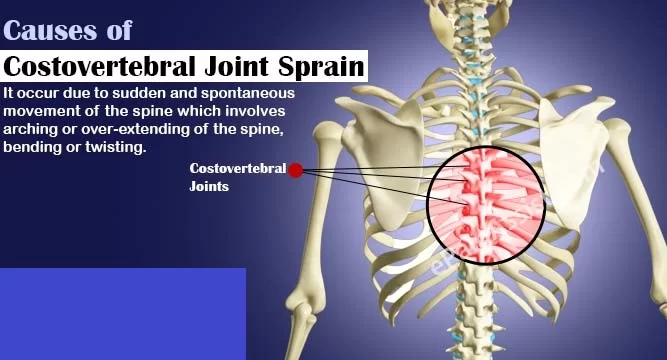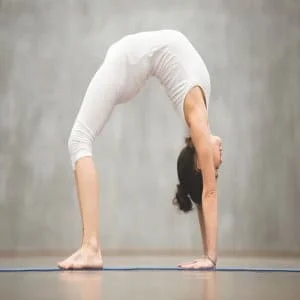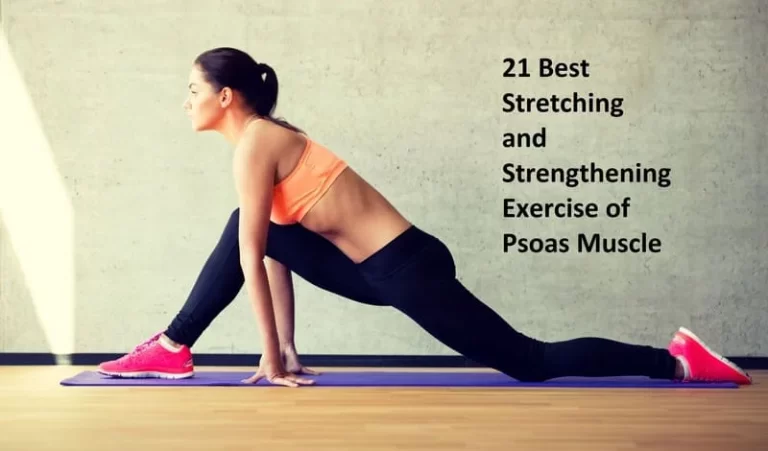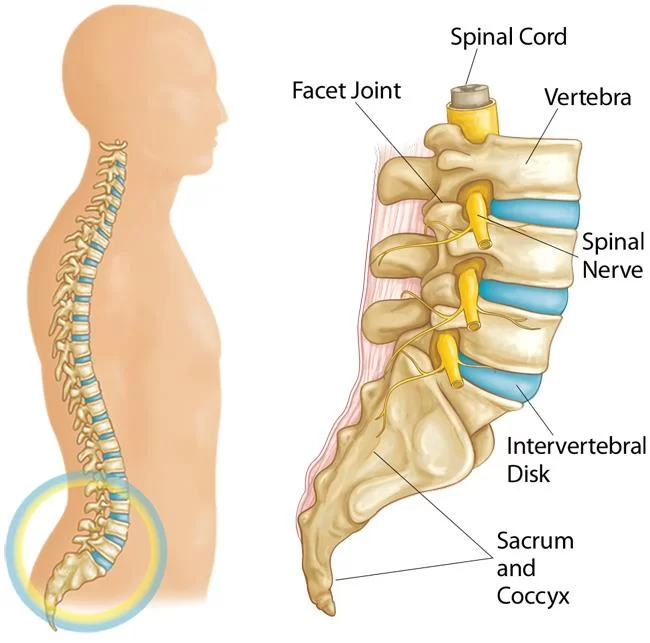Farmer’s Walks exercise: Muscle worked, Health benefits, How to do?
What are Farmer’s Walks?
One such exercise is the farmer’s walk, an exercise in which equipment held in both hands is carried for some distance. The farmer’s walk, also known as the farmer’s carry, is a strength and conditioning exercise in which you hold a heavy load in your hands while walking for a designated distance.
This is a whole-body exercise that hits most of your major muscle groups while providing an excellent cardiovascular stimulus.This exercise can be incorporated into a strength training program or performed on its own as a conditioning workout.This is a functional exercise, meaning it directly applies to activities of daily living, such as carrying groceries in from the car. This is a popularly strengthening and conditioning exercise.
Which Muscles are used for the farmer’s walk exercise?
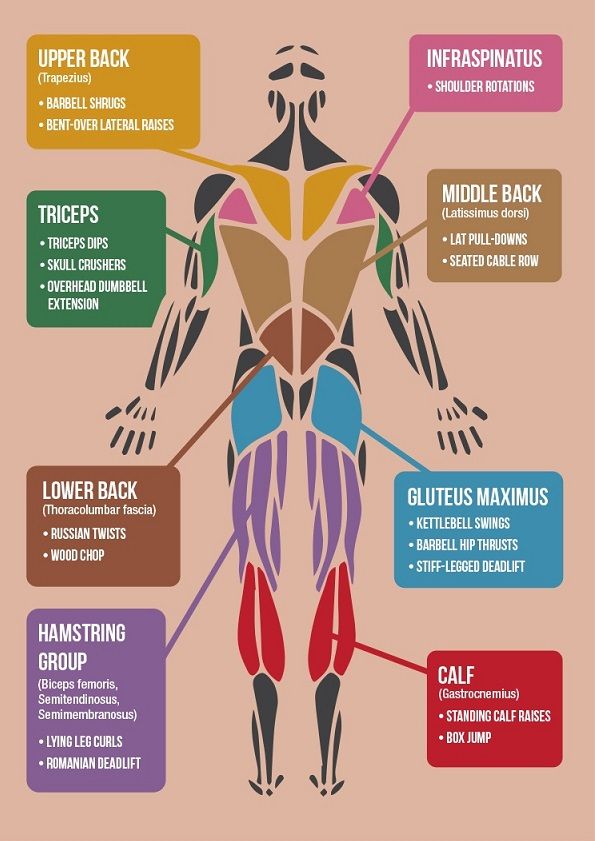
This is a whole-body exercise that builds muscle strength and endurance.
- Quadriceps muscle
- Hamstrings
- Glutes
- Calves
- Lattisimus dorsi
- Erector spinae
- Upper back and trapezius
- Abdominals
- Biceps
- Triceps
- Forearms and hand muscles
Health benefits of the farmer’s walk exercise
- Helps to Improves cardiovascular health and endurance
- High-intensity exercises such as the farmer’s walk have been shown to
- Helps to increase aerobic capacity
- Helps to reduce the risk of various cardiovascular diseases such as heart attack.
- Helps to reduce the risk of neurological disease like stroke.
- Helps to improve muscle strength and power,
- Very effective for improving grip strength
- Helps to Improves Posture
- Reduces Chance of Injury
- Rapidly Builds Muscle Mass
- Helps to Loss thigh fat
- Develops Core Stabilization
- Helps to Boosts Athleticism
- Helps for core stabilization
- Helps to lose body fat
- Helps to Tone your Forearms
- Helps to Strengthens Back and Shoulder muscles.
- Helps to give batter shape to your belly.
How to perform the farmer’s walk?

- For this exercise, you need pair of dumbbells of varying weights
- You choose a space which has allow walk at least 10 steps in a straight line.
- You have to select dumbbells’ weight which allows you to do the comfortable movement.
- Hold a dumbbell in both hands. Dead lift them up by extending your hip and knees, keeping your spine neutral throughout the movement. then reach down, bend from the hip and knee joint.
- Stand tall your shoulder muscles and back and core will be tightened. start the movement by walking forward at an even pace with your gaze straight ahead of you.
- You have to complete the maximum amount of steps, when you feel tired then stop at that point for 2 to 3 minutes, and put dumbbells down while keeping your core tightened and your spine should be neutral.
There have different Farmer’s walk variations.
Once you have mastered the dumbbell farmer’s walk, then you may try some other variations, to keep this exercise more challenging.
Kettle bell carry
How to do it?
- The kettle bell carry variation is the same as the dumbbell carry, but you use kettle bells instead of dumbbells. kettle bell handles are larger than dumbbells making this movement a little harder than the dumbbell variation.
- You have to select Kettle bell weight which allows you to do the comfortable movement.
- Hold a Kettle bell in both hands. dead-lift them up by extending your hip and knees, keep your spine neutral throughout the movement. then reach down, bend from the hip and knee joint.
- Stand tall your shoulder muscles and back and core will be tightened. start the movement by walking forward at an even pace with your gaze straight ahead of you.
- You have to complete the maximum amount of steps, when you feel tired then stop at that point for 2 to 3 minutes, and put Kettle bell down while keeping your core tight and your spine should be neutral.
Farmer’s walk handles
How to do it?
- This is the original method of performing the farmer’s carry, most often used by competitive strongmen and strong women.
- Farmer’s walk handles are a little bit larger than dumbbells and it has plate loaded, allowing for significantly more weight to be added.
- This exercise requires a bit more technique than the dumbbell Farmer’s walk handles
- Farmer’s walk considering that as you move, the handles tend to tilt back and forth, this variation requires more dynamic strength.
- You choose a space which has allow walk at least 10 steps in a straight line. you have to select Farmer’s walk handles Weight which allows you to do the comfortable movement. hold a Farmer’s walk handles in both hands.
- Dead lift them up by extending your hip and knees, keep your spine neutral throughout the movement. then reach down, bend from the hip and knee joint.
- Stand tall your shoulder muscles and back and core will be tightened. start the movement by walking forward at an even pace with your gaze straight ahead of you.
- You have to complete the maximum amount of steps, when you feel tired then stop at that point for 2 to 3 minutes, and put Farmer’s walk handles
- Down while keeping your core tight and your spine should be neutral.
Trap bar carry
How to do it?
- The trap bar, referred to as due to its trapezoid shape, in this barbell commonly used to perform dead lifts.
- It can be loaded with some weight and used to perform the farmer’s walk exercise.
- This variation is easier than using farmer’s carry handles, as the center of gravity tends to give you feel more balanced, preventing the shifting that’s experienced with handles.
- You have to select barbell weight which allows you to do the comfortable movement. hold a barbell in both hands. dead lift them up by extending your hip and knees, keep your spine neutral throughout the movement.
- Then reach down, bend from the hip and knee joint. stand tall your shoulder muscles and back and core will be tightened.
- Start the movement by walking forward at an even pace with your gaze straight ahead of you.
- You have to complete the maximum amount of steps, when you feel tired then stop at that point for 2 to 3 minutes, and put the barbell down while keeping your core tight and your spine should be neutral.
Rickshaw carry
How to do it?
- The rickshaw is a unique piece of equipment mostly used for strongmen and strong women workout training.
- It is most similar to a trap barbell, though instead of the weight plates touching the floor, the rickshaw has a metal frame that contacts the floor.
- This exercise provides you a little bit more stability than the trap barbell during the initial lifting portion of the movement, though it is slightly more unstable during the walking portion. you have to select a Rickshaw weight that allows you to do the comfortable movement.
- Hold a Rickshaw in both hands. Dead lift them up by extending your hip and knees, keep your spine neutral throughout the movement. then reach down, bend from the hip and knee joint.
- Stand tall your shoulder muscles and back and core will be tightened. start the movement by walking forward at an even pace with your gaze straight ahead of you.
- You have to complete the maximum amount of steps, when you feel tired then stop at that point for 2 to 3 minutes, and put the Rickshaw down while keeping your core tight and your spine should be neutral.
Suitcase carry
How to do it?
- The suitcase carry is a one-handed farmer’s walk exercise that can be done with several different implements.
- In this exercise, only one weight is picked up from the ground and carried for some distance.
- This requires significantly more core stabilization to keep your posture upright, as the load tends to pull you to one side.
- The suitcase carry is an excellent variation than the other farmer’s walk variations.
- The suitcase carries also called the unilateral farmer’s walk, is a type of loaded exercise that involves lifting a kettle bell or dumbbell and walking with any objects. Similar to carrying a briefcase or suitcase in your daily life, the suitcase carries targets multiple muscle groups and is relatively easy to do than other variations.
- In this variation, you have to walk with any objects similar to the above variations.
When did you not do this exercise?
- If you feel any pain during this exercise.
- If you are recently undergone any surgery.
- If you have a fracture of the hand or leg.
- If your doctor advised you to take a rest.

